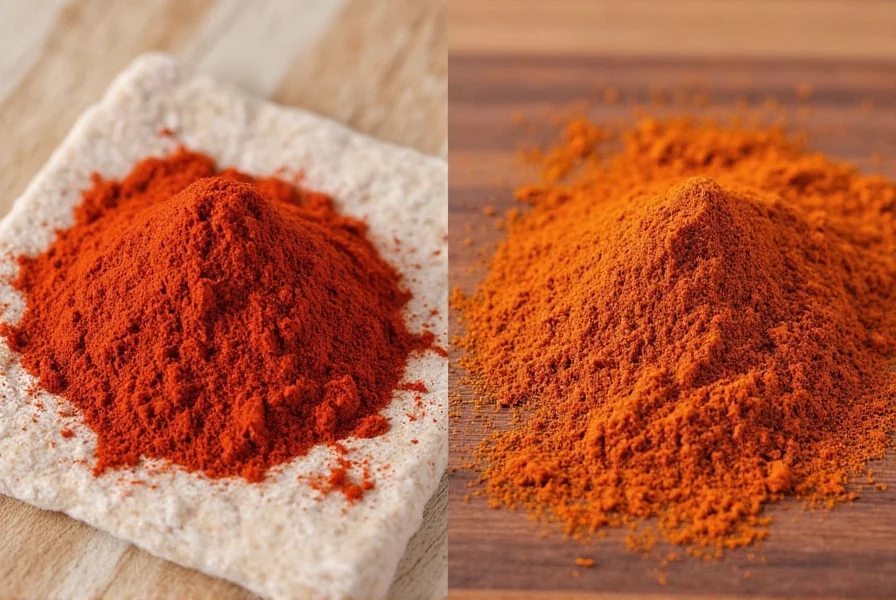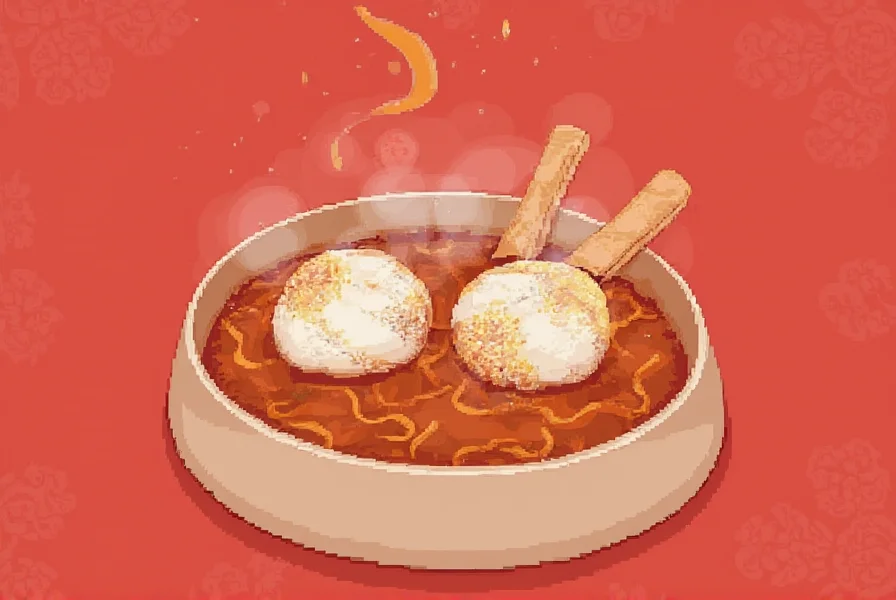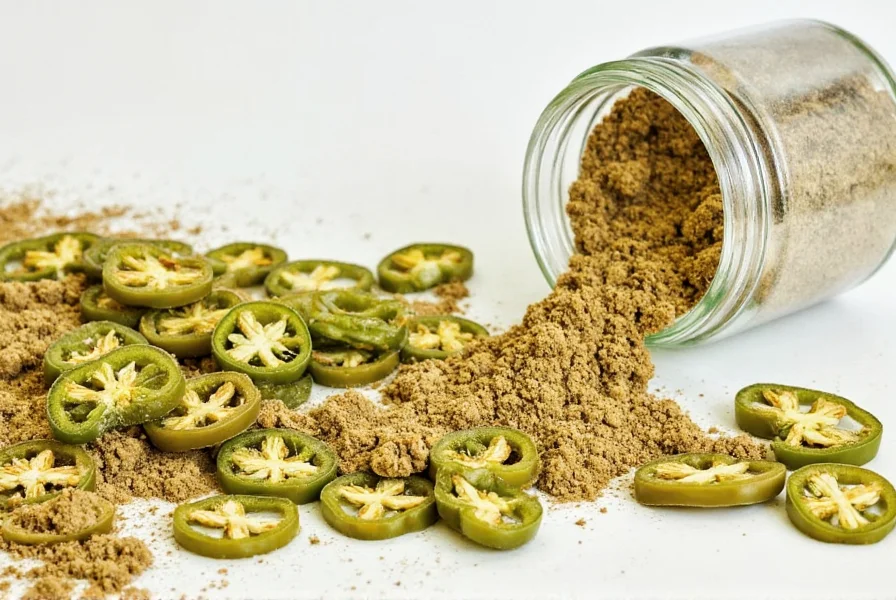Paprika vs. Smoked Paprika: Which One Should Be Your Kitchen MVP?
When it comes to spices that add both color and flavor, few are as iconic—or as misunderstood—as paprika and its deeper, more mysterious cousin, smoked paprika. Whether you're a seasoned home cook or just dipping your toes into the world of spice blending, knowing the difference between these two can seriously level up your culinary game.
Table of Contents
- Introduction
- What Is Paprika?
- What Is Smoked Paprika?
- Key Differences Between Paprika and Smoked Paprika
- When to Use Which: Practical Tips
- Buying Guide for Paprika & Smoked Paprika
- Recipes That Shine with Paprika
- Storage Tips for Long-Lasting Flavor
- Conclusion
Introduction
You’ve probably seen both paprika and smoked paprika on grocery store shelves, maybe even in your own pantry. They look similar—both are deep red powders made from ground peppers—but they bring very different vibes to your plate. Let’s dive into what makes each one special, how they differ, and why your kitchen deserves both.
What Is Paprika?
Classic paprika is made from dried and ground sweet red peppers—often Capsicum annuum varieties like bell peppers or chili peppers. It’s commonly used to add color and mild, earthy warmth to dishes. Originating from Hungary and Spain, paprika comes in several varieties, ranging from mild and sweet to spicy and smoky (though not all are smoked).
- Mild paprika: Sweet and subtle, often used in Hungarian goulash or deviled eggs.
- Hot paprika: Contains spicier peppers and adds heat to dishes like chorizo or sausages.
- Sweet paprika: Slightly fruity and less intense than hot versions, popular in American cooking.

What Is Smoked Paprika?
Also known as pimentón de la Vera, smoked paprika is made by slow-smoking red peppers over oak wood before grinding them into powder. This process gives it an intense, smoky aroma and depth of flavor that regular paprika lacks. Originating from Spain, it comes in three main styles:
- Dulce (sweet): Mild and smoky, great for soups and sauces.
- Agridulce (bittersweet): Balanced flavor with a hint of spice.
- Picante (hot): Spicy version with smoky undertones, perfect for grilled meats.
Key Differences Between Paprika and Smoked Paprika
At first glance, both might seem interchangeable, but they play very different roles in the kitchen. Here's a quick comparison table to highlight the differences:
| Feature | Paprika | Smoked Paprika |
|---|---|---|
| Base Ingredient | Dried sweet red peppers | Smoked dried red peppers |
| Flavor Profile | Earthy, mildly sweet, sometimes spicy | Smoky, rich, complex with varying heat levels |
| Color | Bright red | Deep brick-red |
| Common Uses | Garnish, stews, egg dishes | Grilling, barbecue, Spanish cuisine |
| Heat Level | Mild to medium | Mild to hot (varies by type) |

When to Use Which: Practical Tips
Choosing between paprika and smoked paprika depends on the dish you’re making and the kind of flavor profile you want to achieve. Here are some practical situations where each shines:
- Use Regular Paprika When:
- You want a vibrant red color without strong flavor interference.
- Preparing deviled eggs, potato salad, or light soups.
- Looking for a mild background note in spice blends like chili powder.
- Use Smoked Paprika When:
- Adding depth to grilled meats, roasted vegetables, or barbecue rubs.
- Mimicking the flavor of smoked foods without actual smoking.
- Enhancing Mediterranean or Latin American dishes like paella or chorizo stew.
Buying Guide for Paprika & Smoked Paprika
With so many brands and types available, selecting the right paprika can be overwhelming. Here’s a breakdown of what to look for when purchasing both paprika and smoked paprika:
Factors to Consider:
- Origin: Hungarian paprika is known for quality, while Spanish pimentón is your go-to for smoked versions.
- Label Reading: Look for “100% pure” with no fillers or additives.
- Flavor Type: Choose based on whether you want sweetness, smokiness, or heat.
Top Picks for Each Category
| Type | Brand | Features | Best For |
|---|---|---|---|
| Regular Paprika | McCormick Hungarian Paprika | Bold color and sweet flavor, no artificial ingredients | Eggs, creamy sauces, garnishing |
| Organic Paprika | Simply Organic Sweet Paprika | Certified organic, non-GMO | Health-conscious cooks and vegetarians |
| Smoked Paprika (Dulce) | La Dalia Pimentón de la Vera Dulce | Authentic Spanish smoked paprika with sweet notes | Paella, seafood, tomato-based dishes |
| Smoked Paprika (Picante) | La Flor Pimentón de la Vera Picante | Spicy and smoky, ideal for bold flavors | Grilled meats, barbecue rubs, spicy sauces |
| Ground Paprika Blend | Penzeys Smoked Spanish Paprika | Strong smoky aroma, high pigment content | Veggie dishes, marinades, dips |
Recipes That Shine with Paprika
Now that we’ve broken down the basics, let’s talk about how to use these spices in real recipes. Whether you're looking for something quick or a weekend showstopper, here are a few ideas:
For Regular Paprika:
- Deviled Eggs: A dash of paprika elevates the visual appeal and adds a subtle earthy note.
- Hungarian Goulash: Paprika is the star ingredient in this hearty stew.
- Ranch Dressing: Add a pinch to give homemade ranch a vibrant color and mild spice kick.
For Smoked Paprika:
- Smoky Grilled Chicken: Mix with garlic, olive oil, salt, and pepper for a simple, bold rub.
- Spanish Shrimp (Gambas al Ajillo): Smoked paprika brings warmth and richness to the garlic shrimp sauce.
- Charred Eggplant Dip: Blends beautifully with tahini and lemon for a smoky twist on baba ganoush.
Storage Tips for Long-Lasting Flavor
To keep your paprika and smoked paprika fresh and potent, proper storage is key:
- Keep Cool & Dark: Store in airtight containers away from heat and sunlight.
- Avoid Moisture: Humidity reduces potency and can cause clumping.
- Shelf Life: Ground paprika lasts 1–2 years; smoked paprika may last slightly shorter due to oils from smoking.

Conclusion
Whether you lean toward the delicate sweetness of regular paprika or crave the robust smokiness of its Spanish counterpart, both have earned their place in kitchens around the world. Understanding the differences helps you make smarter choices in your cooking—and opens the door to richer, more flavorful meals. So next time you reach for that little jar of red spice, think twice: Are you after color, warmth, or that unmistakable kiss of smoke? Either way, you’ll be adding magic to your food.
Remember, a pinch of paprika can change everything. Happy cooking!










 浙公网安备
33010002000092号
浙公网安备
33010002000092号 浙B2-20120091-4
浙B2-20120091-4